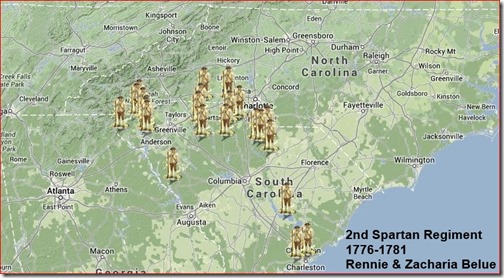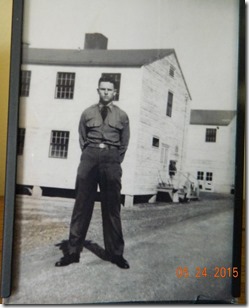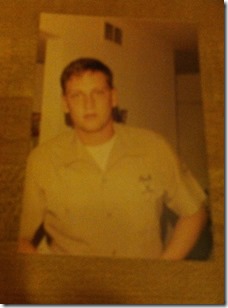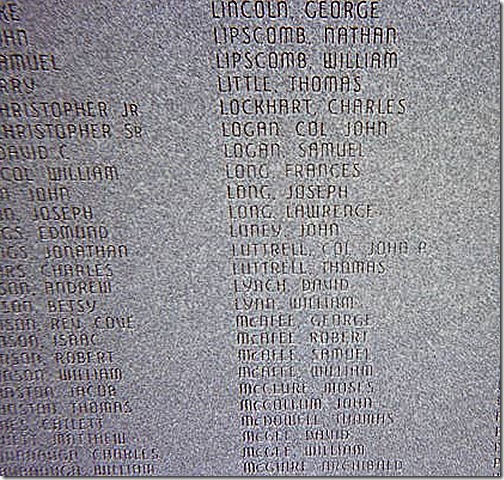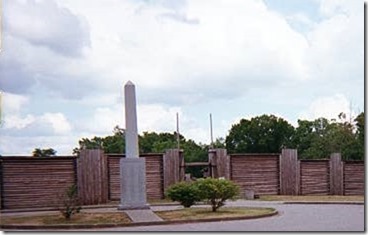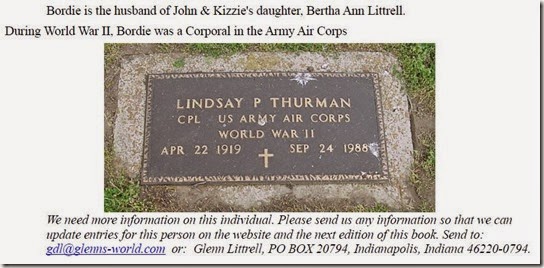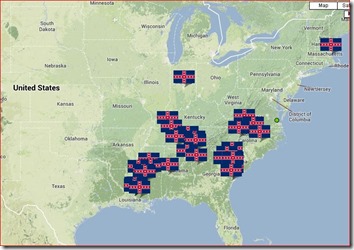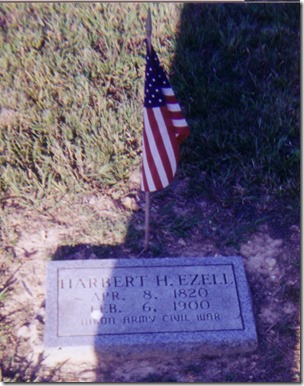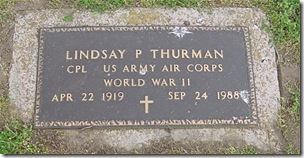Rennie Belue (also spelled Reney, Renny, Renney, etc.,
and Blue, Belue, Belieu, Ballow, etc.) was Kizzie Comer
Littrell’s great-great-grandfather.
Rennie Belue, was a Lieutenant in the Spartan Regiment and later the 2nd Spartan Regiment.
The county of Spartanburg, South Carolina has more Revolutionary War engagement sites than practically any other locale in the United States. Thus the early formation of the Spartan Regiment, made up of fiercely independent upstate settlers, in the late summer of 1775.
"...The BELUE (or BELEW) family supported the cause of the patriots during the American Revolution, both by serving in the military and by furnishing supplies to the American troops... Renney BELUE, Sr, as well as his three oldest sons, fought for the Americans. "Reney BELIEU" served as a lieutenant under Col. John THOMAS in 1776. He must have faced…”
As you can see from the map, the battles fought by the 2nd Spartan Regiment during the service of Rennie Belew and his sons are too numerous to present here. Seventeen of the mapped engagements are described in: “Military Role Call: The Littrell Family of Mississippi County, Missouri”
Private. Zachariah Belew (Belue)
Kizzie's great-grandfather, Zachariah Belew (Belue), was a Pvt., in Col. Brandon’s Regiment of the South Carolina Militia.30 He received several wounds while serving in the Revolutionary War.
1779: Rennie and Zachariah Belue in the 2nd Spartan Regiment.
Rennie Belue (Belieu) would also serve in Brandon's regiment, the 2nd Spartan Regiment. Records indicate that this period was 1979-1981 (inclusive). Col. Thomas Brandon was a captain in the 1776 Spartan Regiment. Brandon was a neighbor of Rennie's after the war and possibly before.
Rennie's son, Zachariah Belew, also served in the militia joining his father under Col. Brandon and it is our assumption that it was during this same period of enlistment, 1779-1781.
1781: Rennie Belue and his three sons in the 2nd Spartan Regiment. Renney Belew (Jr.) and Rueben would join their father and oldest brother in 1781.
- Following the war Rennie Belew would prosper in Union County, South Carolina., were he would pass away in December of 1797.
- Zachariah, with some of his children, nephew and nieces, and their families would migrate to Lawrence Co., Tennessee about 1827. With Zachariah was his widowed daughter Susannah Belew Comer and her son Jesse Comer. County legend says the young Jesse would make the entire trip from Union County, South Carolina to Pebble Hill, near Loretto (in Laurence County, Tn.) riding horseback behind his mother, Susannah.
- Renney Belew (Jr.) would die young in Union County, South Carolina. Some of his and Keziah (his widow) children may have migrated with Zachariah as they show-up in Lauderdale County, Alabama within miles of the state line and border with Lawrence Co., Tennessee.
- Ruebin Belew would remain in Union County, South Carolina and pass about 1806.
excerpted from:
“Military Roll Call: The Littrell Family
of Mississippi County, Missouri”
Chapter 1. The Revolution. (click here)
also: Littrell Family Veterans Video
reposted from 2016: 115 / 289

